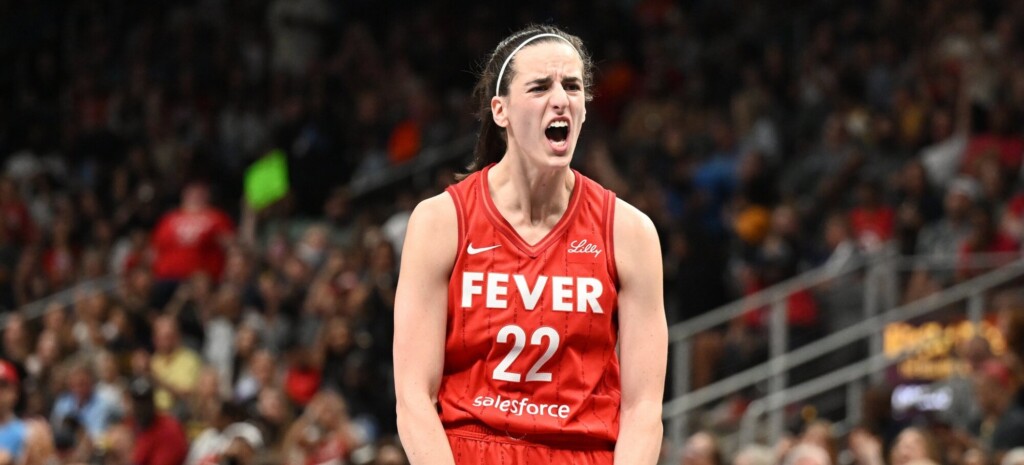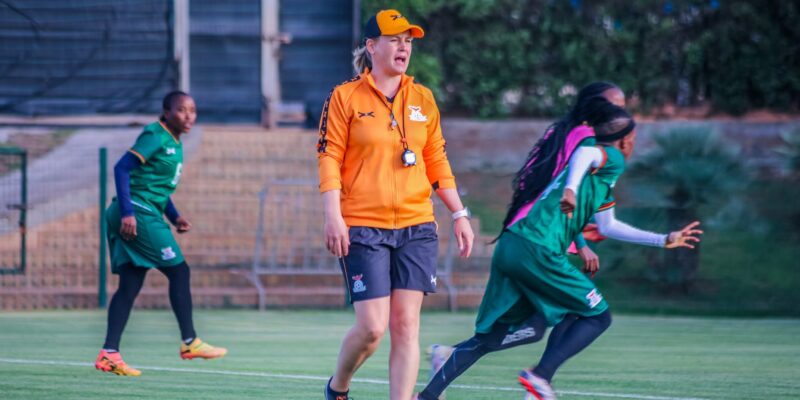The Caitlin Clark Effect: Accelerating Economic Progress in Women's Basketball

Since her rise at Iowa and subsequent debut in the WNBA, Caitlin Clark has redefined the trajectory of women’s basketball—domestically and internationally. Her arrival has coincided with record-breaking attendance, soaring television viewership, and a fresh economic narrative that will likely transform player compensation in the years ahead.
Caitlin Clark commanded attention at Iowa like few before her. Her junior-year NCAA national championship game drew 9.9 million viewers, a record at the time, and the 2024 final attracted nearly 18.9 million viewers, exceeding the men’s final for the first time ever. Iowa set attendance records (55,646 for an exhibition game), sold out its 2023–24 ticket slate, and generated historic ticket sale revenue ($3.26 million).
Media and analysts coined the term “Caitlin Clark effect” to describe her ability to drive ticket sales, television ratings, and social media engagement. BBC, The Washington Post, USA Today, and others applied the term repeatedly in 2023–24.
Let’s compare WNBA viewership across the five seasons before Clark’s arrival (2019–2023) with her rookie and sophomore WNBA seasons (2024, 2025 so far):
| Season | Avg. Viewers per Game (Regular + Postseason) |
|---|---|
| 2019–2023 (avg 5 years) | ~500,000 per telecast on major networks (ABC/ESPN/CBS/ESPN2) |
| 2024 | ~1.19 million per game across ESPN platforms (up ~170% from 2023), plus record postseason and All-Star ratings (All-Star Game: 3.4M, Draft: 2.4M) |
| 2025 (partial) | Games featuring Clark averaged ~1.8M viewers; two Fever games without her dropped about 53% to ~847,000 viewers |
In short: pre-Clark seasons averaged roughly half a million viewers per national telecast; in 2024, that jumped to ~1.2 million. Early in 2025, games featuring Clark have drawn ~1.8M—even with injury-induced absences pulling those games back to under one million.
The direct economic consequences are evident:
Historically, women’s pro basketball players make between ~$60–90 thousand as rookies—Clark’s 2024 rookie salary reportedly below $80,000 despite generating millions in revenue. That gap illustrates misalignment between player compensation and actual economic contribution.
Forecasting forward:
Caitlin Clark is not merely coincidental to the surge—she’s the catalyst:
“Clark’s presence has significantly boosted WNBA viewership and ticket sales, building on her substantial college following.”
—Players, fans, and commentators alike acknowledge that the league’s expansion and media deals follow her entry.
Caitlin fetched over 1.29 million fan votes for the 2025 All-Star Game—the most in history—demonstrating her fan engagement power. The Coach of the Liberty called the season a “ratings bonanza powered by Caitlin Clark” after her return drew a peak of 2.8 million viewers—a 76% increase over 2023 average ABC games.
Her influence extends internationally: as viewership escalates, youth participation in women’s basketball increases globally, and sponsors flock to the sport. Teen girls, particularly, cite WNBA role models like Clark and Angel Reese as a source of empowerment.
With stretches of play like this season when she hit three ridiculously deep threes in a row, you can see the attraction for the fans. It’s like watching Steph Curry, you don’t want to avert your eyes for even a second a risk missing the next big play:
Putting numbers to projections (assuming continued upward momentum and a TV deal where players get ~25% of rights fees):
| Year | Projected League Revenue | Players’ Share from TV Rights Pool | Avg. Player Salary Est. |
|---|---|---|---|
| 2025 | $220M | $20M | $140,000 |
| 2026 | $242M | $25M | $175,000 |
| 2027 | $266M | $30M | $210,000 |
| 2028 | $293M | $35M | $245,000 |
| 2029 | $322M | $40M | $280,000 |
| 2030 | $354M | $45M | $315,000 |
These are conservative projections. If players negotiate a higher share (~40–50%) or revenue grows faster (15–20% annually), the average salary could exceed $500,000 by 2030—up 400–500% relative to today’s levels.
Clark’s collegiate fame and WNBA success have generated international interest. European social media metrics, international youth camps, and NCAA international viewers all point to rising engagement in women’s basketball globally. While precise international TV revenue is not public, the branding boost and sponsorship growth are unmistakable.
She has become one of the most talked-about female athletes globally in 2024, according to Two Circles, a sports marketing agency: “posts mentioning her had the highest engagement” among female athletes.
If women’s salaries don’t rise dramatically over the next five years, something is wrong. The economic foundation is changing beneath them. Caitlin Clark has proven that women’s basketball can deliver major viewership, expansion-level franchise value, and emotional connection—all the ingredients for media and revenue splits.
Absent Clark, the WNBA might be on its previous plateau. Instead, she accelerated a transformation phase. Even if future stars emerge, she’s the bridge to a higher-revenue, higher-pay world.
That gives weight to this argument:
9. Final Thoughts
Women’s professional basketball stands at an inflection point. Caitlin Clark didn’t create the WNBA, but she turned its ascent into a rocket launch. With continued viewership growth, new TV contracts that award players a share, and expanding league footprint, we are likely to see accelerated salary growth—perhaps a 300–400% increase in average pay by 2030.
The next five years will likely be defined by the degree to which players build on Clark’s momentum—through collective bargaining, endorsement leverage, and global branding. It is a plausible—and exciting—future: one that Clark helped make possible.







_1751880097.jpeg)



